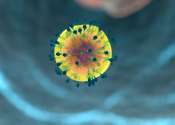Extracting functional mitochondria using microfluidics devices
Mitochondria are dynamic, bioenergetic intracellular organelles, responsible for energy production via ATP production during respiration. They are involved in key cellular metabolic tasks that regulate vital physiological ...









